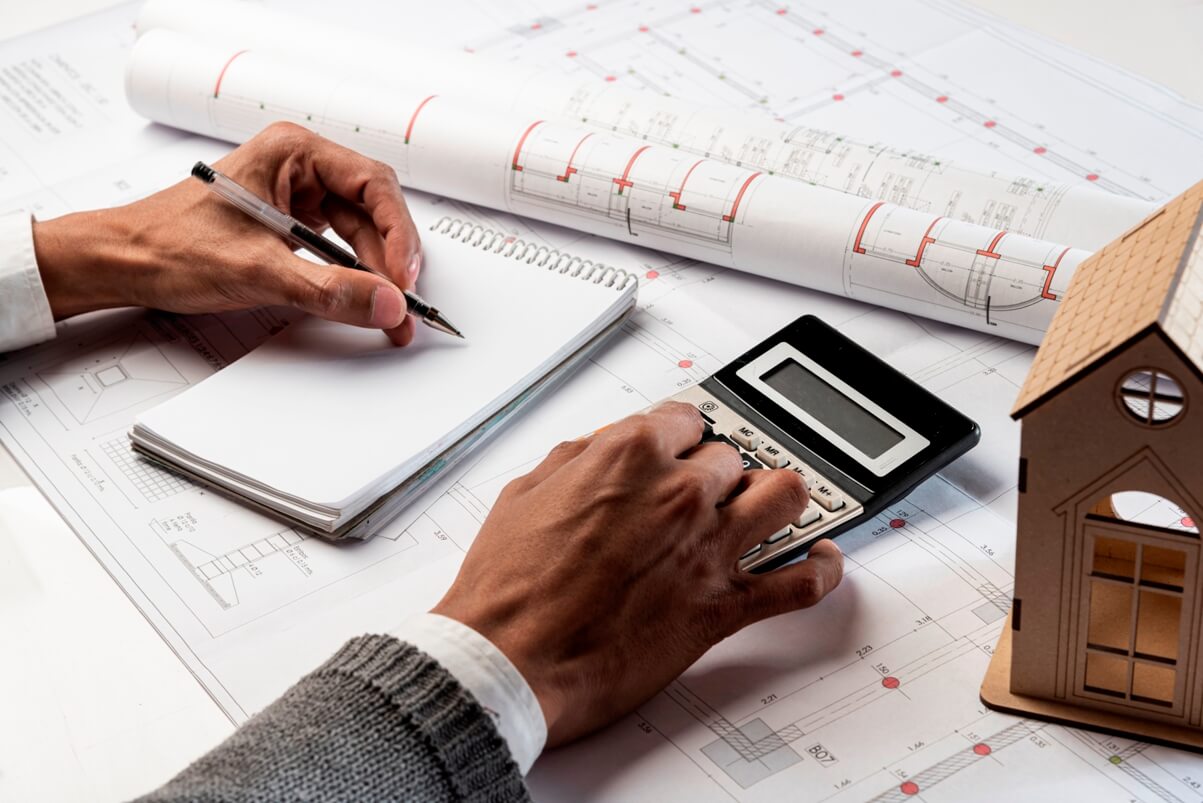Revaluation of assets is the process of adjusting the carrying value of assets to reflect their current market value. It is an essential process for companies that want to maintain accurate financial statements and make informed business decisions. Here, we will explain how to revaluate assets in your company successfully.
Introduction
Before we dive into the details of the revaluation of assets, let's define what it is and why it's important. Revaluation of assets is a process where a company adjusts the carrying value of its assets to reflect its current market value. This process aims to ensure that the company's financial statements accurately reflect the value of its assets.
Revaluation is important because it helps companies to make informed business decisions. If a company's assets are not accurately valued, it can lead to incorrect financial statements, affecting its ability to secure financing, make investments, or plan for the future. Accurate financial statements are critical to maintaining the trust of stakeholders, including investors, lenders, and regulatory bodies.
- Determine Which Assets to RevalueThe first step in successfully revaluating assets is to determine which assets to revalue. While all assets have a carrying value, not all need to be revalued. Tangible assets that should be considered for revaluation include land, buildings, equipment, and intangible assets such as patents and trademarks.When deciding which assets to revalue, consider factors such as the age of the asset, changes in the market value, and the purpose of the revaluation. For example, if your company is considering a merger, you may need to revalue all assets to assess your company's value accurately.
- Identify the Purpose of RevaluationThe purpose of revaluation can vary depending on the situation. It can be done to reflect changes in market value, to account for changes in the asset's condition or functionality, or to align carrying values with current market prices.It is important to identify the purpose of revaluation before starting the process, as it will impact the valuation method used and the data required. For example, if revaluation is to account for changes in an asset's condition, you may need to gather data on the asset's repair and maintenance history.
- Gather Necessary InformationThe next step in successfully revaluating assets is to gather the necessary information. This includes the original cost of the asset, any additions or improvements made to the asset, and any depreciation or amortization recorded.Other information that may be required includes market prices of similar assets, economic data, and information on any changes in the asset's condition or functionality. It is important to organize this data easier to analyze and use in the revaluation process.
- Choose a Valuation MethodOnce you have gathered the necessary data, you need to choose a valuation method. There are several methods to choose from, including the cost method, market value method, and income method.The cost method involves valuing the asset based on the cost to replace or reproduce it. The market value method involves valuing the asset based on current market prices for similar assets. The income method involves valuing the asset based on its income over its useful life.When choosing a valuation method, consider the nature of the asset, the availability of market data, and the purpose of the revaluation.
- Conduct the RevaluationOnce you have chosen a valuation method, you can start the revaluation process. This involves calculating the new value of the asset based on the selected method. For example, if you use the market value method, you would gather data on current market prices for similar assets to determine the new value of the asset being revalued.It is important to be accurate and thorough in the revaluation process. Mistakes in the revaluation process can lead to inaccurate financial statements and have significant consequences for the company.
- Update the Financial StatementsAfter conducting the revaluation, the results should be reflected in the company's financial statements. The asset's carrying value should be adjusted to reflect the new value calculated in the revaluation process.The impact of the revaluation of assets on financial statements can be significant. For example, if the revaluation increases the value of an asset, this will increase the company's total assets and could improve its financial ratios.







Follow us